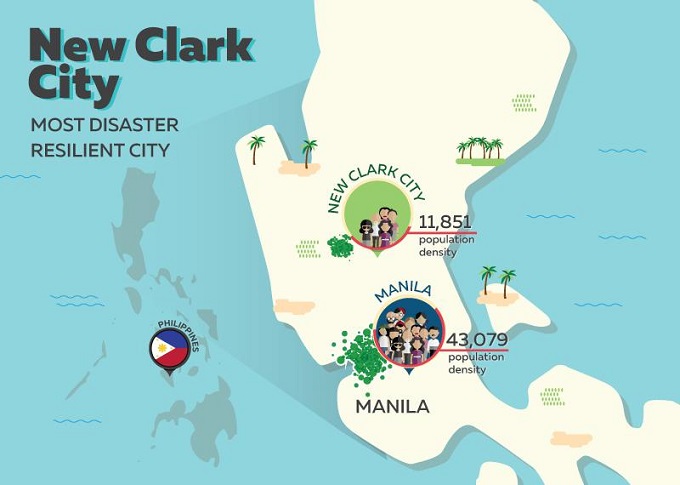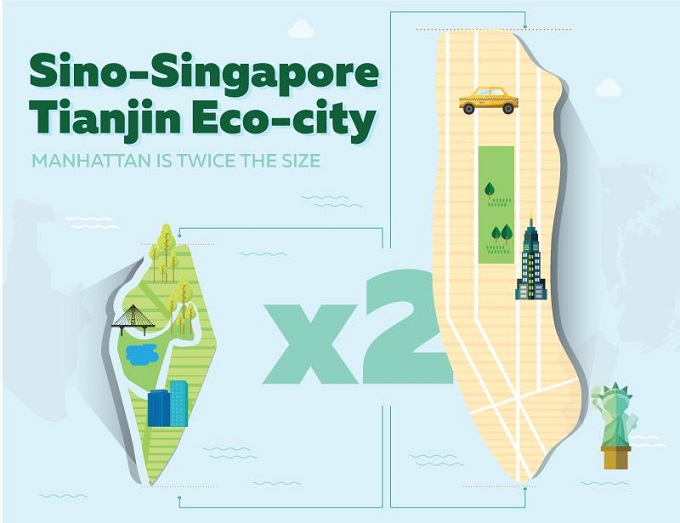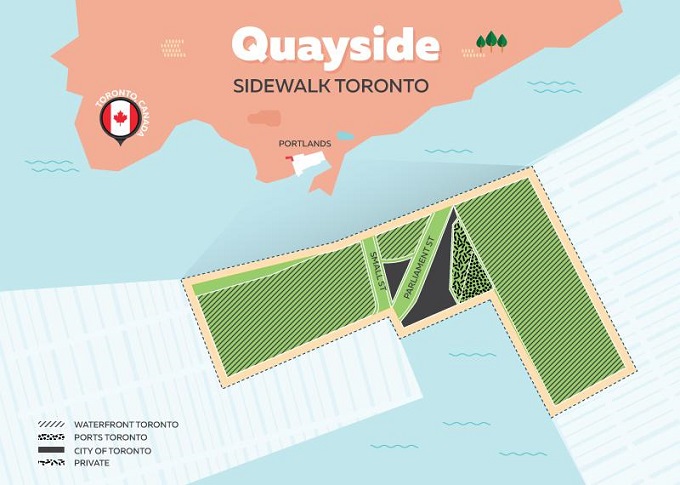Smart Eco-Cities of the Future
Smart roads, robots controlling the underground and renewable energy. All these technologies, and more, are coming to a city near you.
Technology is has already revolutionised every part of our lives, but PowerTools2U have uncovered that we’ve only seen the tip of the iceberg when it comes to eco-friendly living. With the world’s population set to skyrocket, cities are having to think big when it comes to green living and they are turning to technology to help them out.
The size of the problem should not be underestimated. Between now and 2050, estimates suggest the world’s population could grow from 7.53bn to 9.7bn. New cities are being built and existing ones are expanding rapidly to fit all those people in, and to do so they are developing a host of exciting new technologies. These are the smart eco-cities of the near future.

New Clark City, Philippines: An eco-friendly disaster resistant city.
Up in New Clark City in the Philippines, they are making the most of their natural environment. Life can be tricky in what is one of the most disaster-prone countries in the world. Earthquakes, floods and typhoons can all cause problems – not to mention the volcanoes. But by using lava, New Clark will turn the produce of disaster into a new environmentally-friendly materials. When combined with concrete, it becomes Lahar – a sturdy, disaster resistant material which will minimize the city’s carbon footprint.
The city is also working hard on its position. It will be staying well away from fault lines and surrounding itself with mountains to stay sheltered form typhoons. It’s a novel approach to a very challenging location.

Sino-Singapore Tianjin Eco City: The greenest city What was once a dumping ground for toxic waste, is soon to become the world’s largest eco-city. Sino-Singapore Tianjin Eco-city, located in China, is purposely being built on wasteland according to the head of the city’s development and investment. Ho Tong Yen said “In the past, so-called ecocities have been built in ecologically important areas or on useful arable land. We wanted to show that it’s possible to clean up a polluted area and make it useful and liveable.”
Renewable energy will account for at least 20 percent of the energy used here, from solar, wind and geothermal energy – which is the use of the earth’s core temperature. There is a focus on eliminating the need for cars too, nearly all of the traffic in the area will be public transport, with pathways making it easy to cycle or walk. As well as pneumatic waste collection tunnels that will remove the need for rubbish trucks and the bin men.
One thing that makes this city different is its green spaces throughout the city and reed beds in lakes. Emphasising the liveability for humans and animals – which Ho Tong Yen says has been ignored in the past.

Quayside, Toronto: The techiest city for eco-friendly alternatives
Google’s sister company, Sidewalk Labs, plans to transform Toronto’s Quayside into a futuristic mini city. Toronto’s lack of affordable housing, which is an ongoing problem for people in Toronto, should be conquered with this new vision. Sidewalk Labs intends to use new construction methods to create buildings that are quicker, eco-friendly and cheaper. The community also plans to be self-sufficient, generating 10% of its own power. Half of the roof space will be covered in solar panels, fuelling the technology and electric cars in the city.
One of the more unique and ambitious parts of this neighbourhood is the use of new technology. The city will employ weather tech to heat pathways for snow conditions as well as using retractable canopies for other climates. High tech won’t just stop at the surface, exciting mechanics will run underneath the town too. Robots will serve underground corridors, carrying utilities and waste.
Discover more about the cities of the future, and how this will affect climate change for the better.
